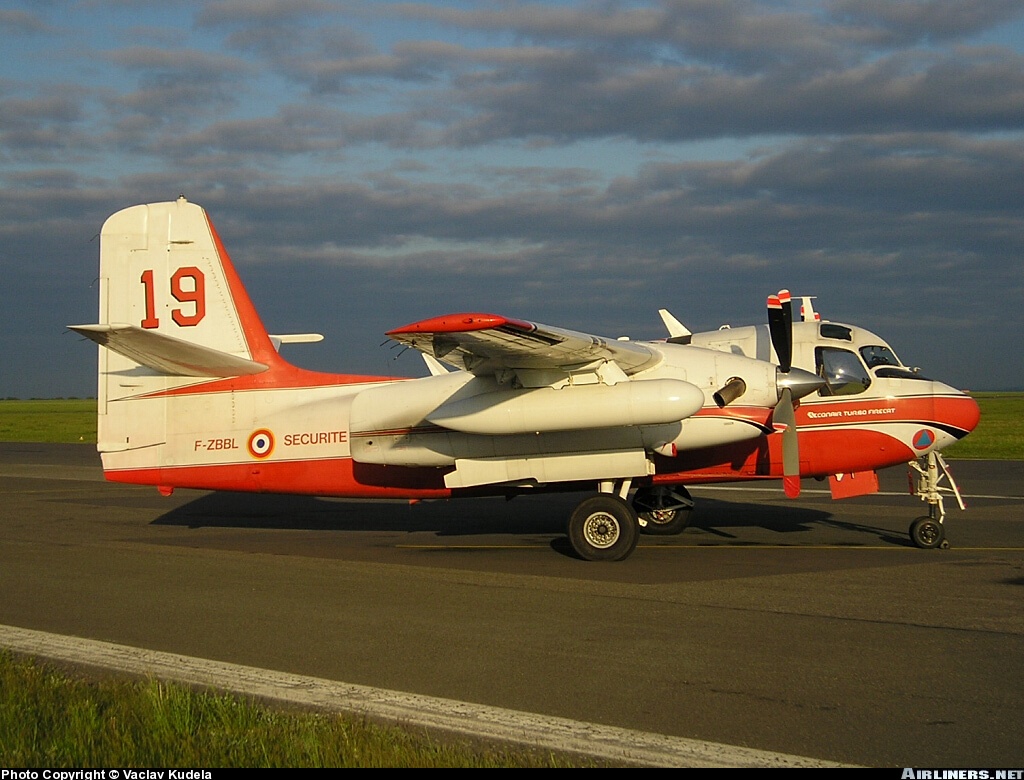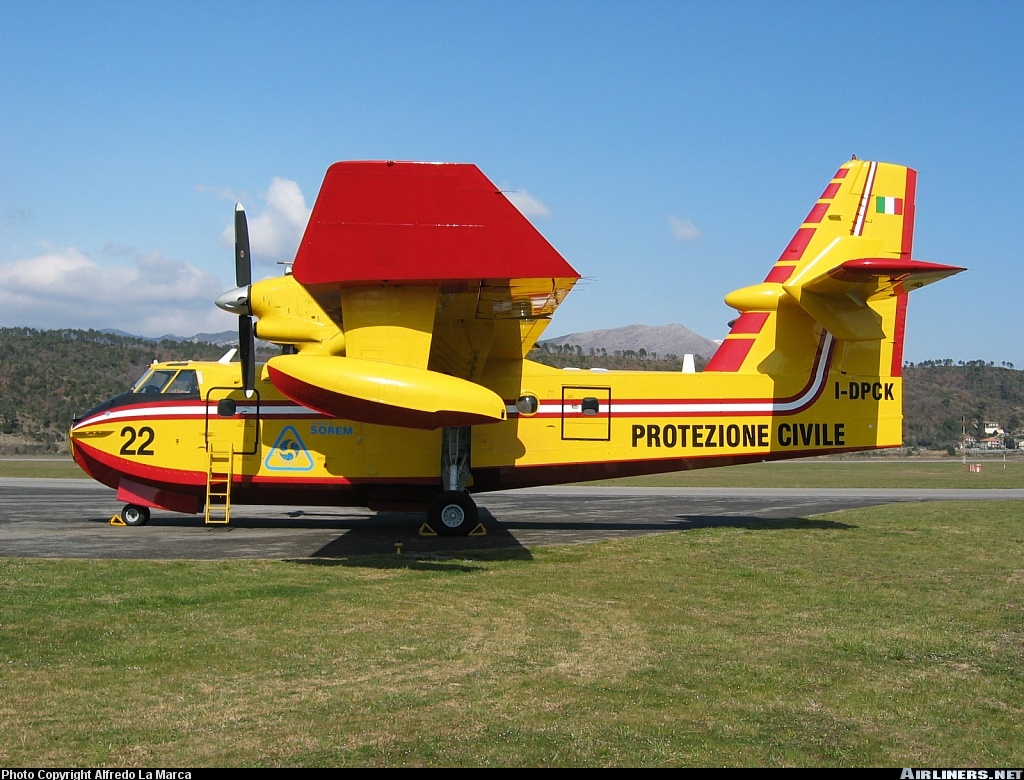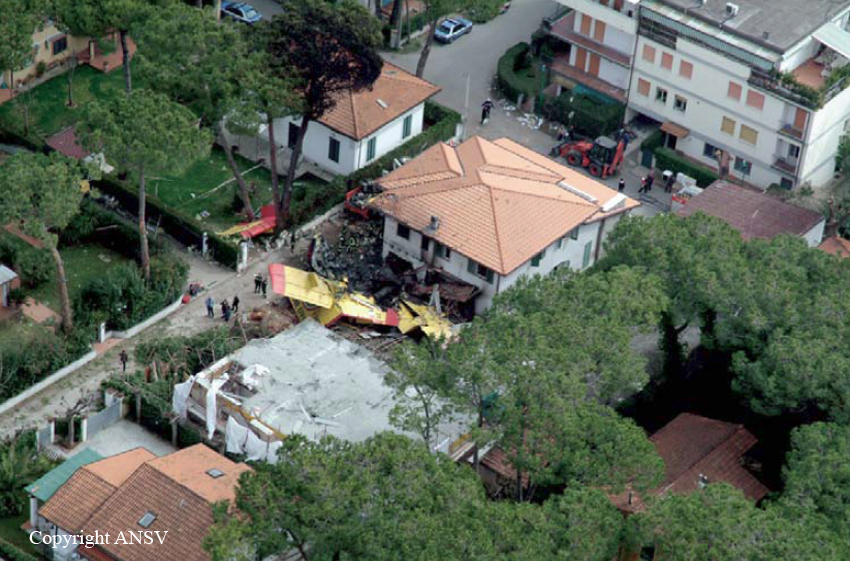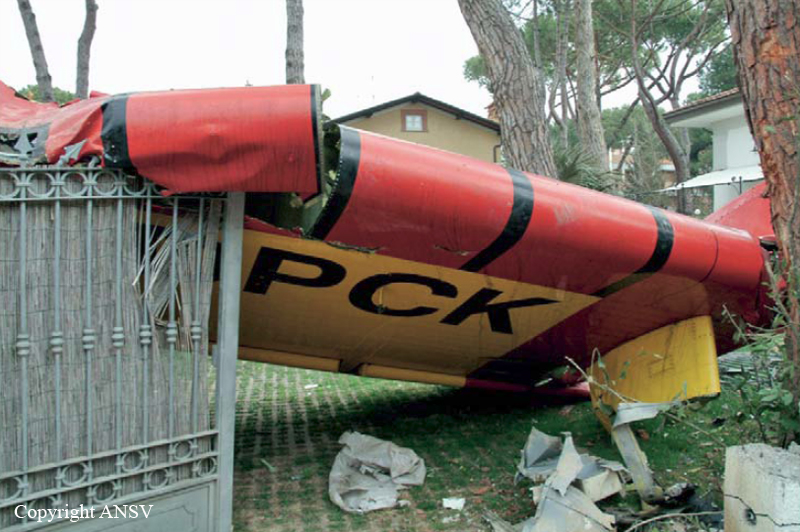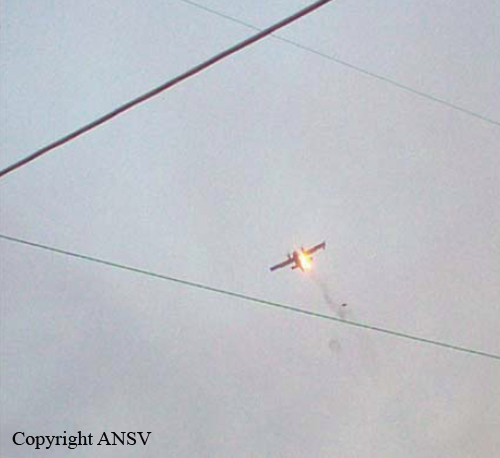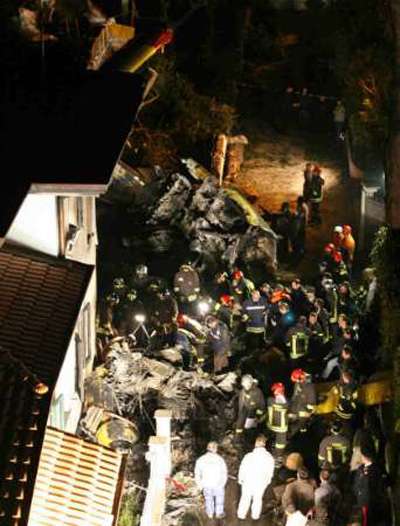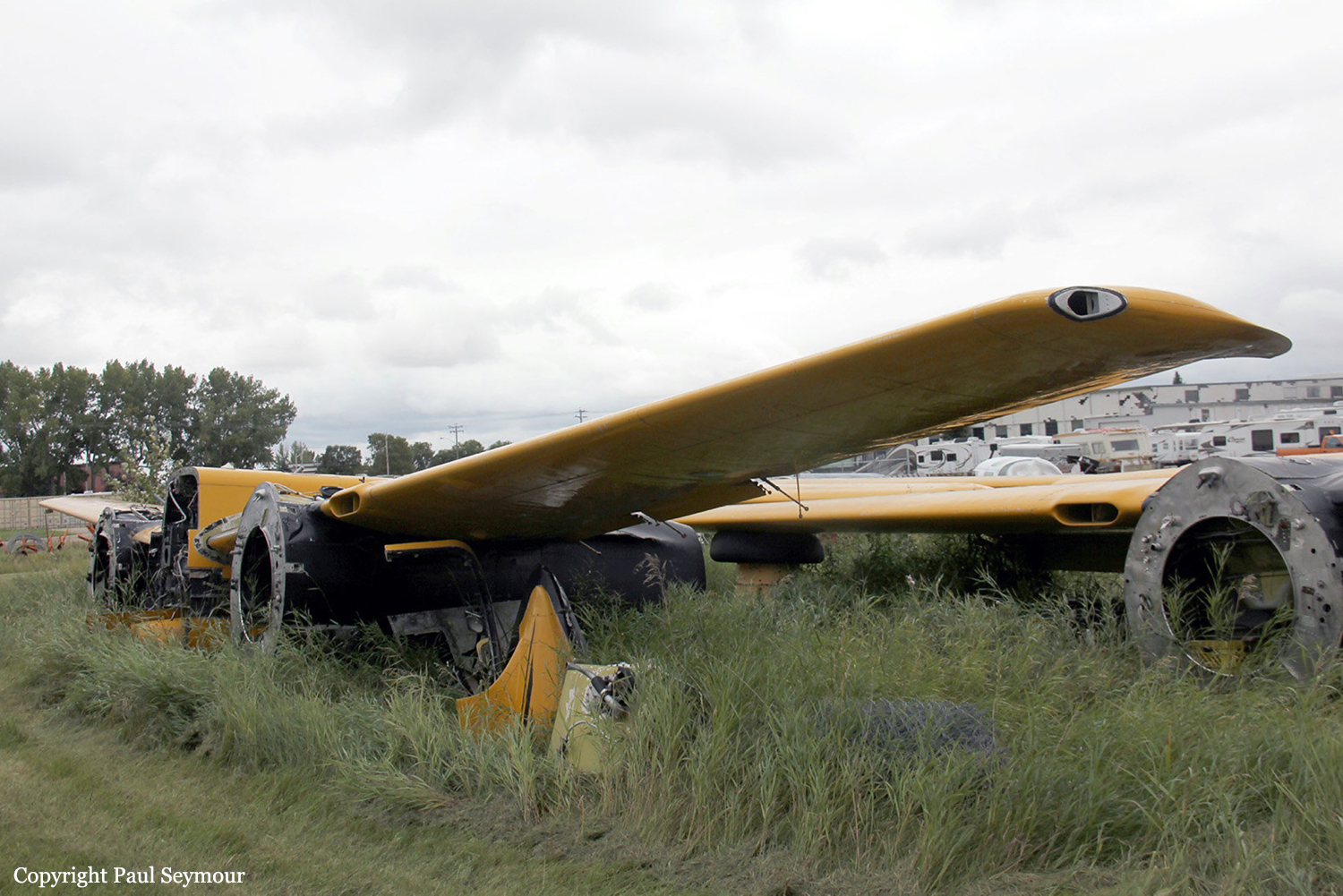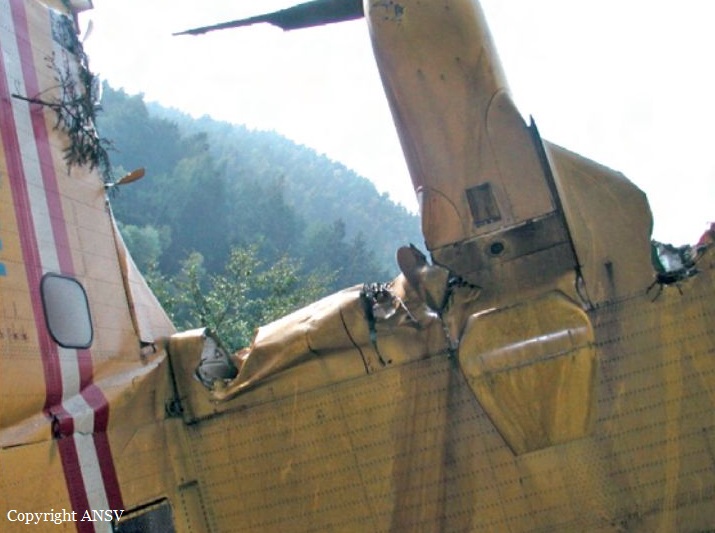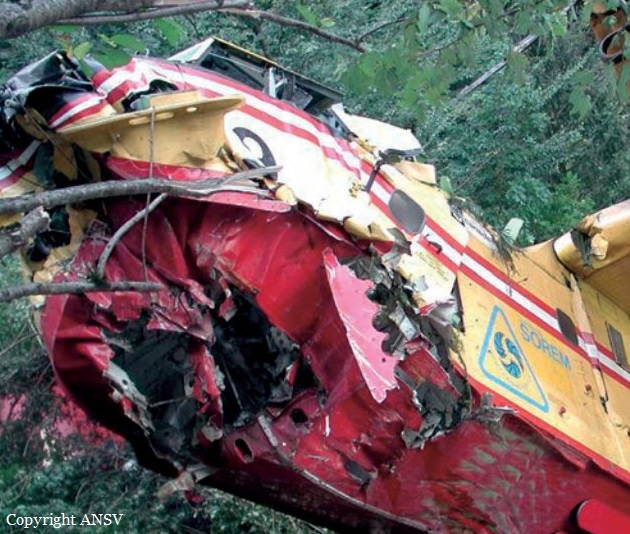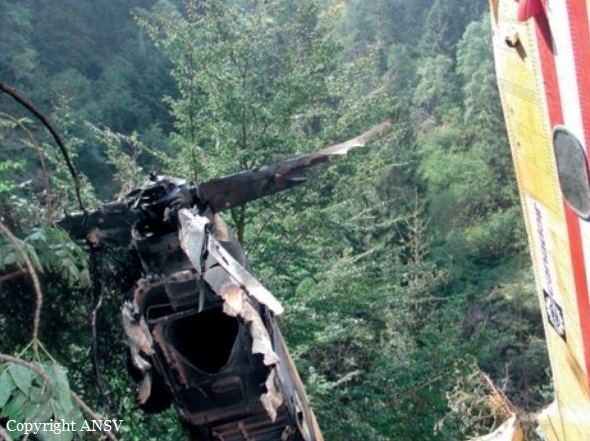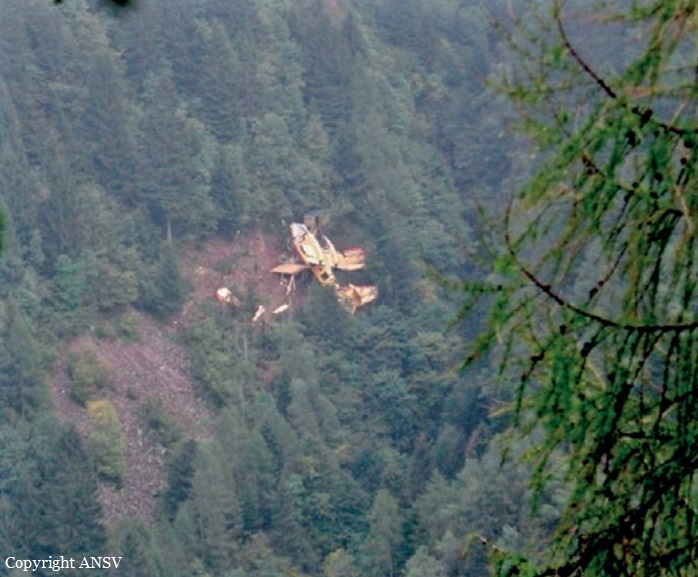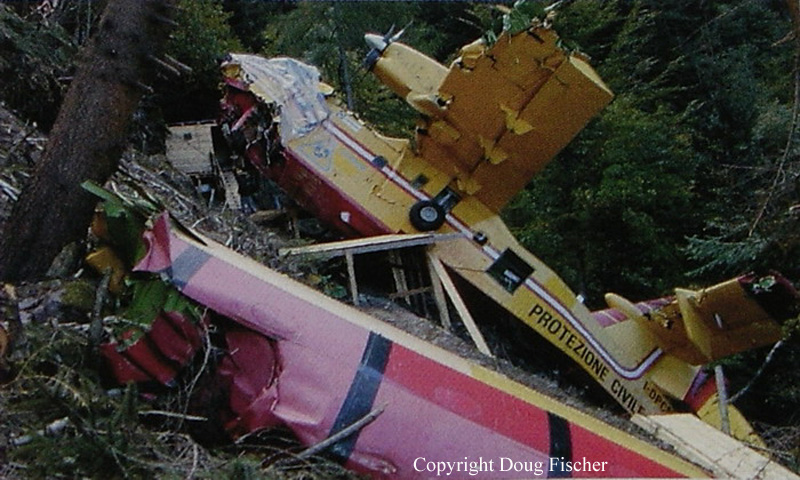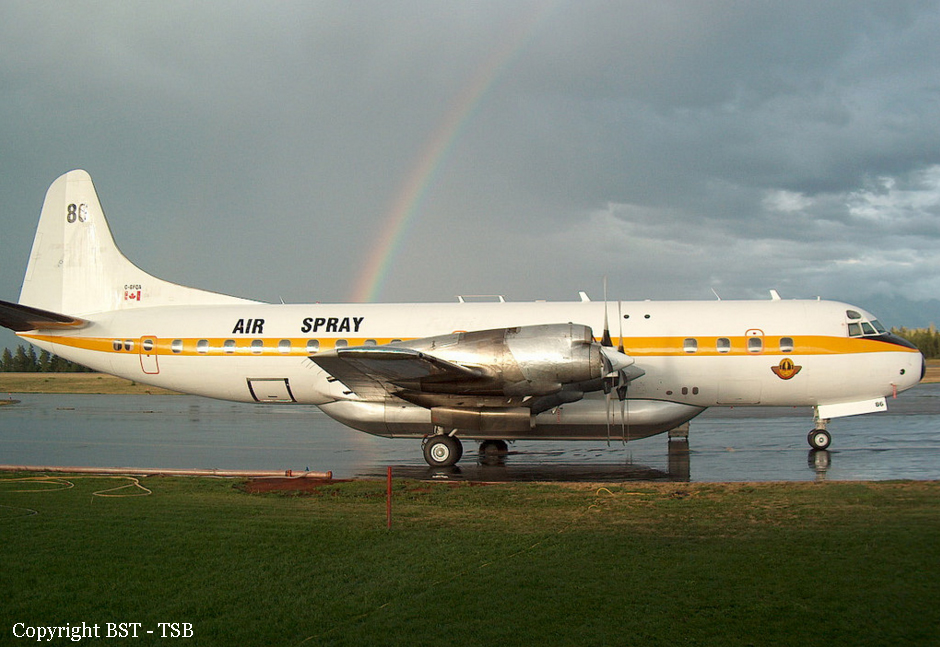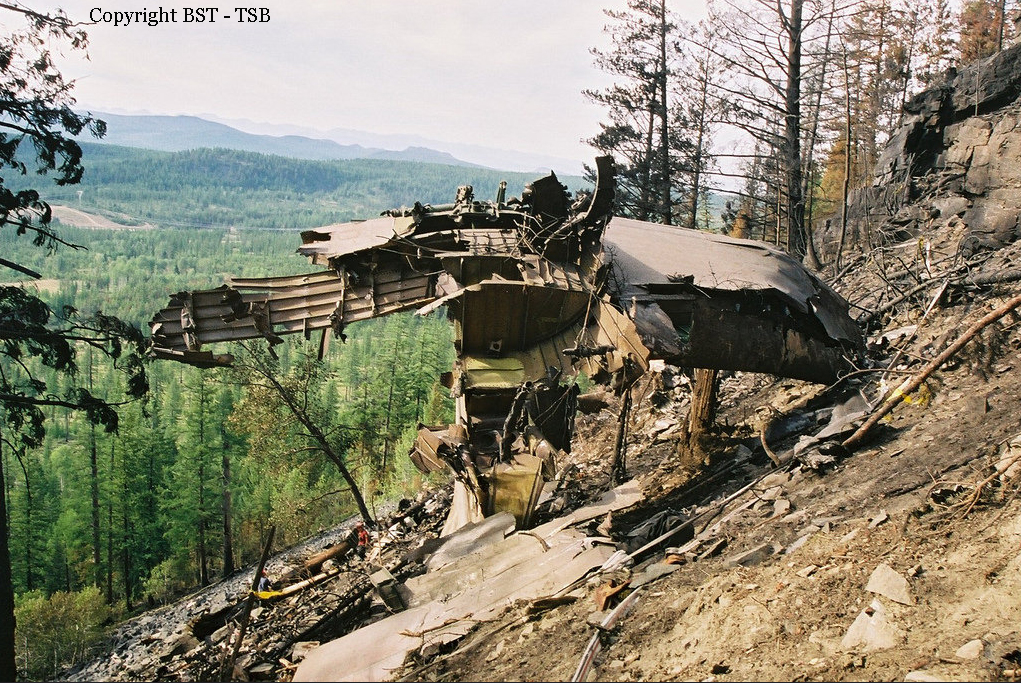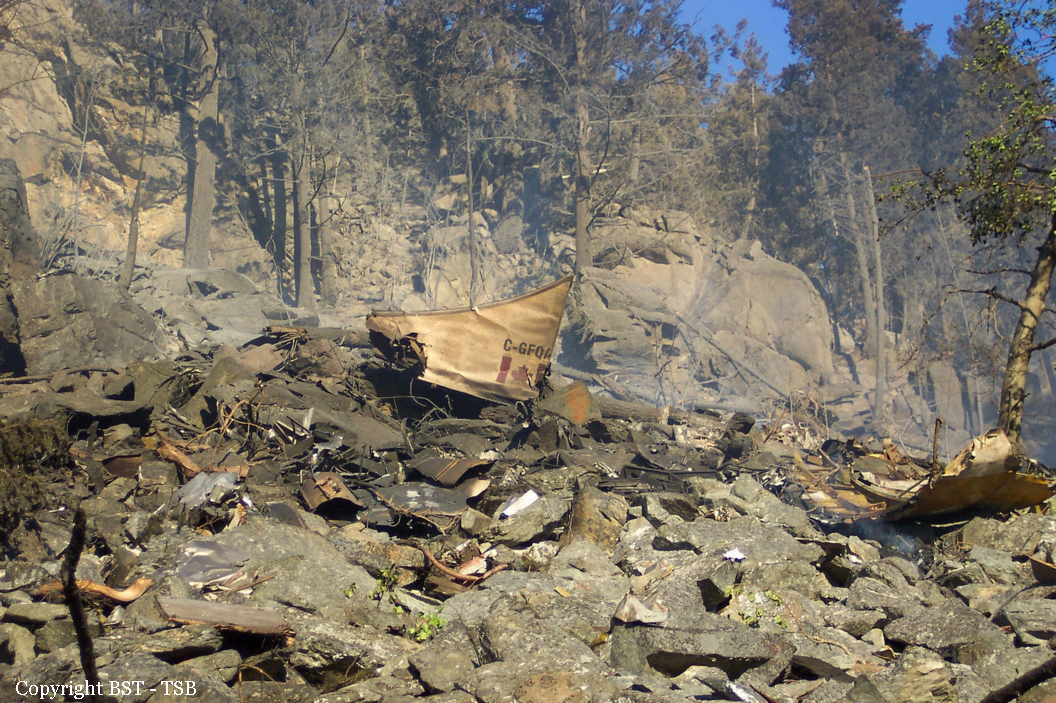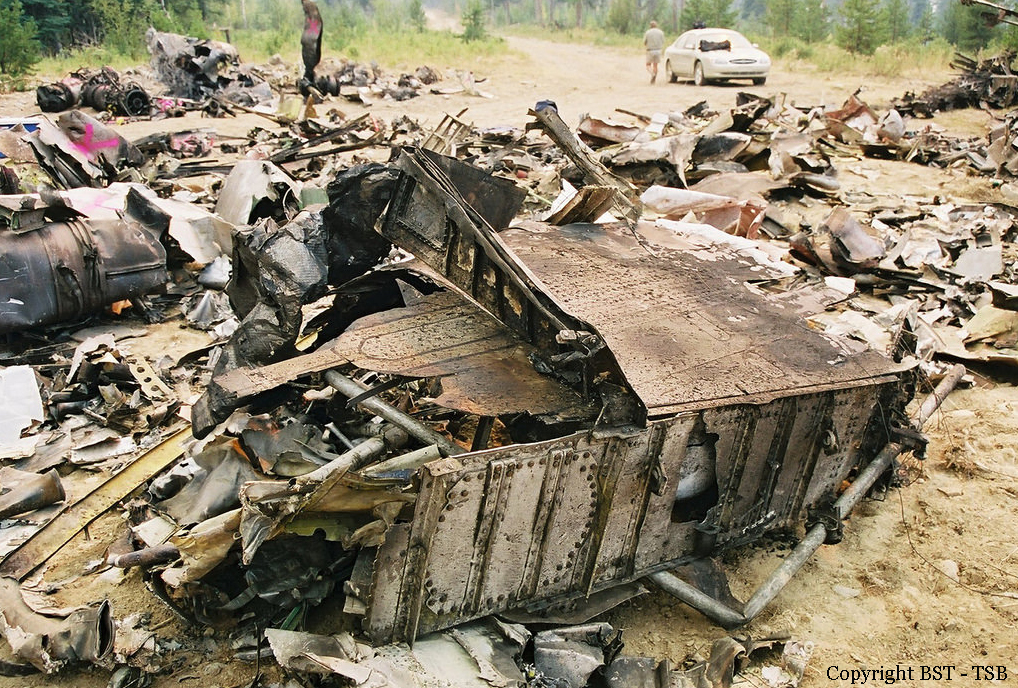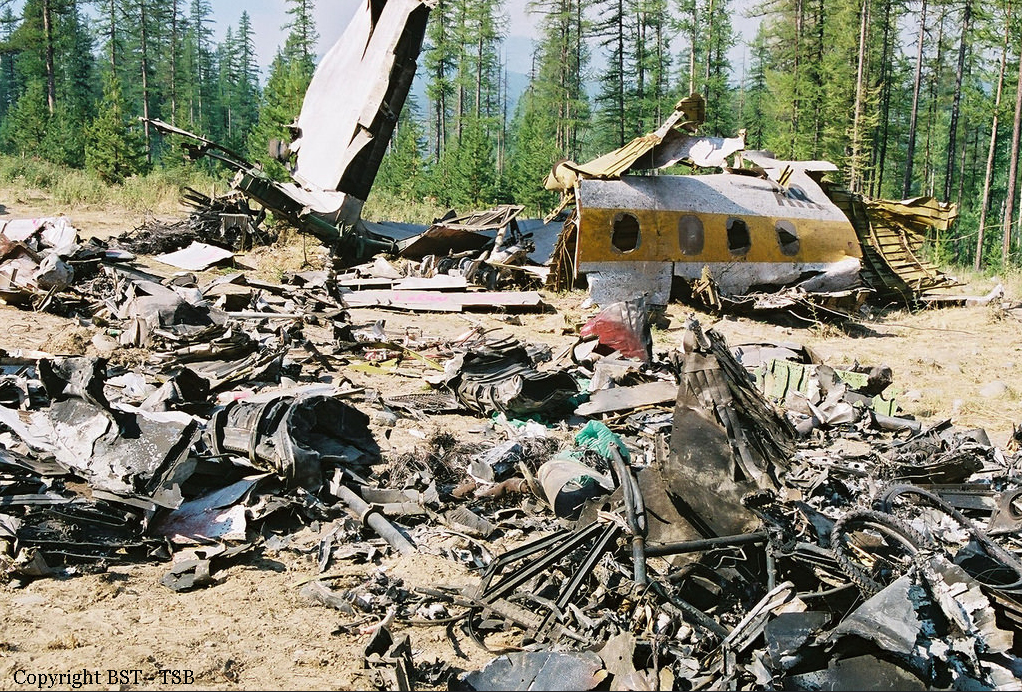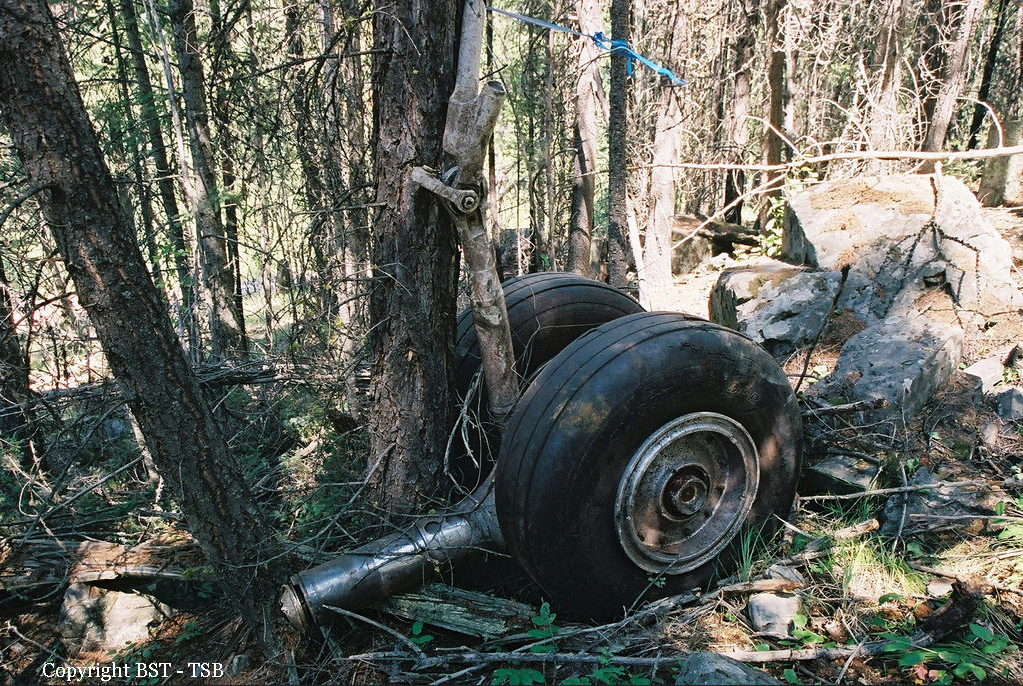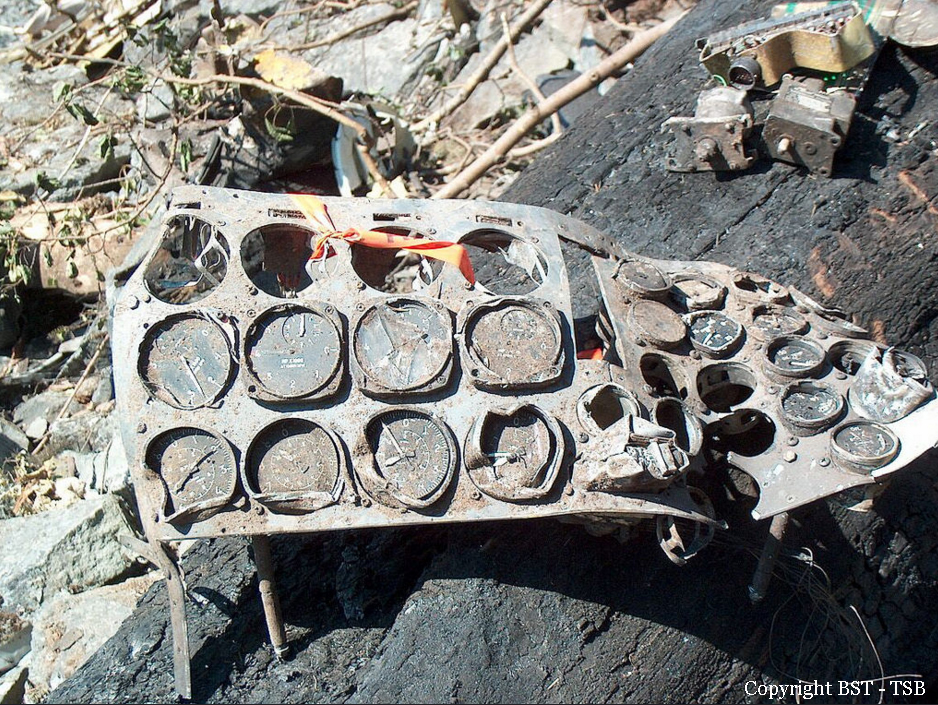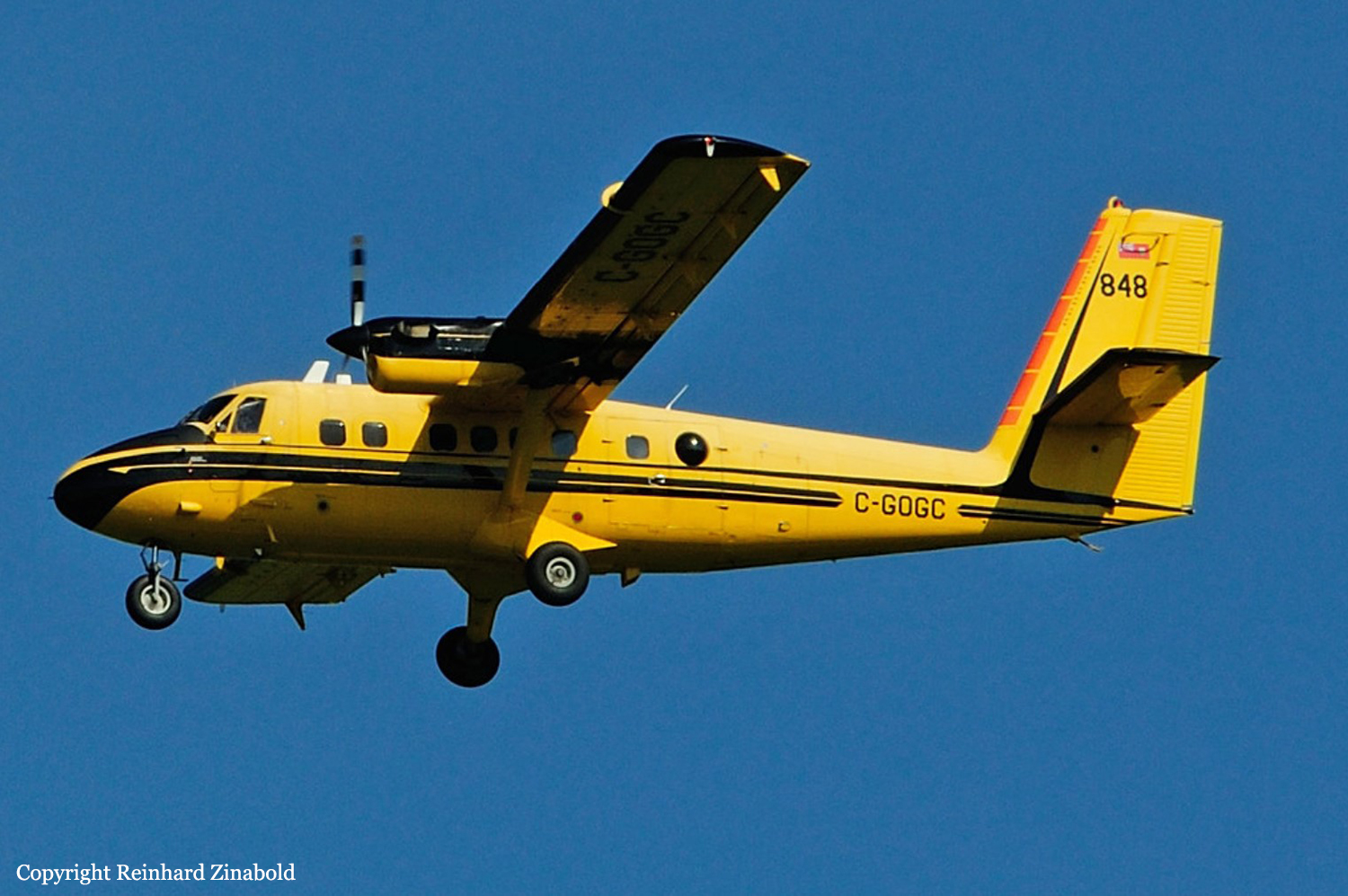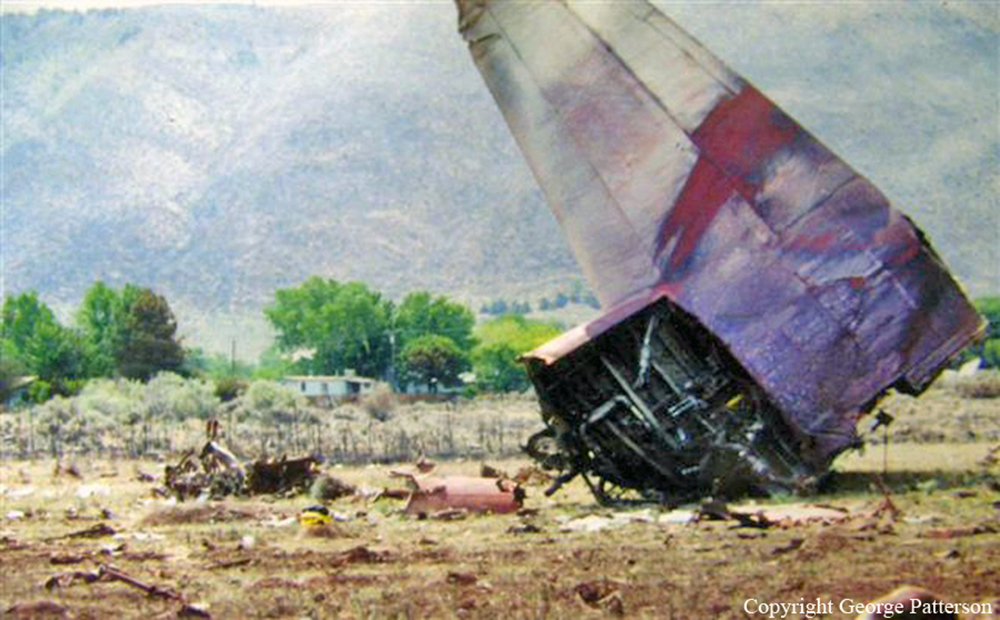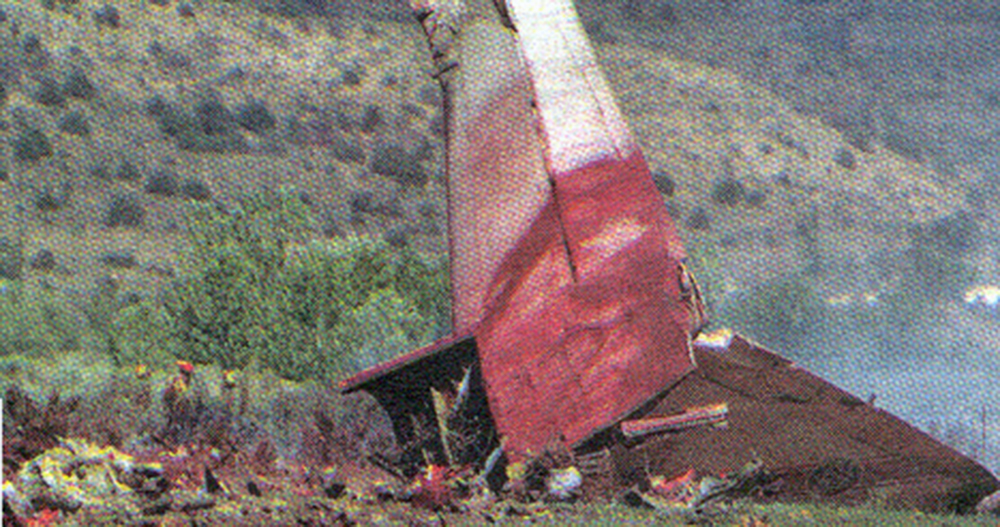Crash of a Grumman US-2B Tracker in Taradeau
Date & Time:
Jul 19, 2005 at 1745 LT
Registration:
F-ZBBL
Survivors:
Yes
Schedule:
Marseille - Marseille
MSN:
626
YOM:
1958
Flight number:
Pélican 19
Crew on board:
1
Crew fatalities:
Pax on board:
0
Pax fatalities:
Other fatalities:
Total fatalities:
0
Circumstances:
The aircraft departed Marseille-Marignane Airport in the afternoon and was dispatched in the area of Taradeau where a forest was on fire. Two helicopters, two others Tracker and five Canadair CL-415 were also dispatched to the same zone. The pilot was approaching the area on fire when he momentarily lost visual contact with the ground. The aircraft impacted trees and crashed, bursting into flames. The pilot escaped with minor injuries while the aircraft was destroyed by fire.
